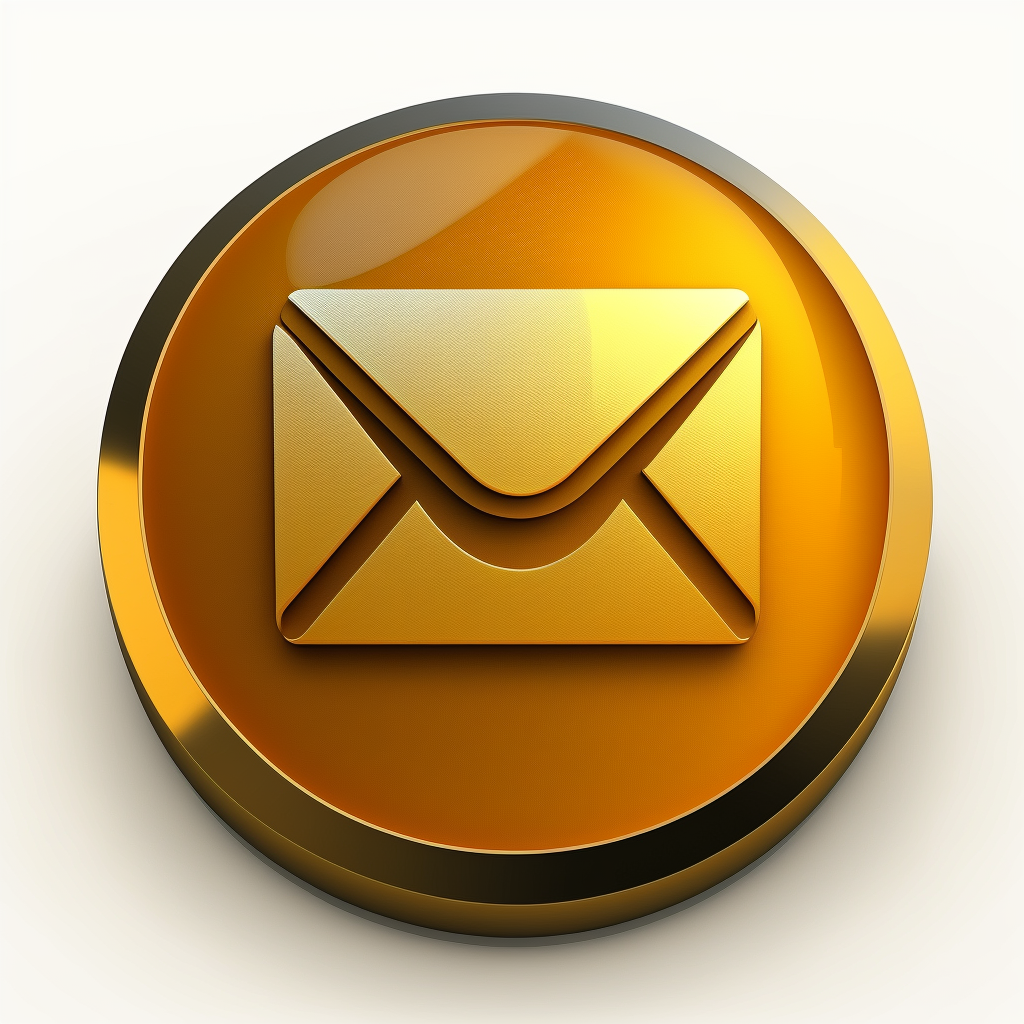
You know how your inbox is always overflowing with emails? Yeah, it’s not just you. A lot of people are getting flooded with emails every day. In fact, research shows the average person receives 121 emails every day and sends 40! But just because they’re getting all these emails, doesn’t mean they’re reading all of them.
Simply put, knowing how to write friendly and professional emails can help you get ahead in your job. And starting and finishing your emails the right way can make people want to work with you.
That’s why it’s important to make sure your email stands out from the rest. The way you start your email can make a huge difference! So, let’s dive into how to start emails in a way that makes people pay attention.
The importance of a captivating email opening
Starting off your email the right way can make a huge difference. A good intro makes people want to keep reading and pay attention to what you have to say. It’s like a hook that grabs their attention and makes them want to know more. And the best part? A strong introduction can make people take action, like clicking a link, responding to a question or even doing business with you.
Here are some examples of things a great email opening can help you with:
- Wanting people to check out a link
- Answering a question
- Getting people to take a survey
- Making things clear
- Having people look at a document or information
- Giving business-related help
- Getting people to RSVP
A good opening sets the tone for the whole email and can make sure your email doesn’t end up in the trash.
How to start an email
When you’re writing the beginning of your email, there are a few things you should keep in mind to make sure you’re doing it the right way:
- Make sure you spell people’s names correctly. Misspelling someone’s name can make them feel disrespected. If you haven’t taken the time to learn their name, they might not trust you’ve paid attention to other important details. So, double check you’ve got the spelling right. You can usually find their name in their email or signature.
- Keep it professional. Even if you’re really excited about what you’re writing, try not to use too many exclamation marks or emojis. It’s better to sound professional.
- Know your audience. Think about who you’re writing to and tailor your greeting to them. If you know the person you’re writing to well, you can use a more casual greeting. But if you’re writing to a lot of people, it’s best to use a more formal greeting. Make sure it matches the people you’re writing to.
Greet them the right way
Now more than ever, it’s important to open emails and address people with the proper salutations, lest they get angry or offended! Here’s a few simple but effective ways to do just that.
#1. “Dear [Name],”
This email greeting is perfect for formal correspondence. It’s a polite and respectful way to start an email, especially when you’re sending cover letters, official business letters, and other important communication.
To avoid any confusion or offense, it’s best to avoid using honorifics like “Mr.” or “Mrs.” and instead use a person’s first name like “Dear Bart” or “Dear Bart Simpson.”
#2. “Hi,” or “Hello,”
These greetings are perfect for most work-related emails. “Hi” is more informal and friendly, while “Hello” is a bit more formal. Both are appropriate and convey a straightforward tone.
#3. “Hi everyone,” “Hi team,” or “Hi [department name] team”
When you’re writing to a group of people, these greetings are great options. They’re informal yet professional, and also avoid using gender-specific terms like “Hi guys,” “Hi ladies,” or “Gentlemen.” They’re inclusive and appropriate for a diverse group of recipients.
#4. “Hi there” “Hey there”
This is a casual greeting that is appropriate for most work-related emails. It’s friendly and informal, but still professional.
#5. “Howdy!” “How’s everything?” “How’s it going?”
An oldie but a goodie, just ask them a simple greeting question before leading into your point. This can work well for emails where you’re reaching out in a friendly manner but is considered a bit informal. Still, emails like this are becoming more and more common as they can make a reader feel relaxed compared to more formal greetings.
21 Effective Ways to Start an Email
Here are some email greetings and opening sentences that will make sure your email gets read and your recipient’s time is respected:
- “Good morning/afternoon/evening, [Name]”
- “Hope you’re having a great [week/day/month]”
- “Just wanted to check in with you about [topic]”
- “Thanks for your help with [previous topic]”
- “I came across something that I thought you might be interested in”
- “Quick question about [topic]”
- “Thanks for considering [topic]”
- “I wanted to follow up on our [meeting/phone call]”
- “I hope this email finds you well”
- “I’ve been thinking about [topic] and wanted to get your thoughts”
- “I apologize for the inconvenience, but I wanted to inquire about [topic]”
- “I’m reaching out to you because [reason]”
- “I’m just dropping a quick note to let you know [information]”
- “I wanted to share [information/link/document] with you”
- “I came across your [article/blog post/research] and found it very interesting”
- “I wanted to thank you for [previous interaction]”
- “I hope you’re having a productive [week/day/month]”
- “I wanted to remind you about [upcoming event/deadline]”
- “Reminding you about [upcoming event/deadline]”
- “Just moving this to the top of your inbox as a quick reminder” (For follow-up emails that weren’t replied to.)
- “Bringing to your attention [topic/issue]”
- “Sharing the progress we’ve made on [topic]”
Takeaway
And there you have it! If you’re ever unsure of how to greet someone in an email, just come back to this article and review the list again and pick your favorite. Eventually, this will become second nature to you and you’ll be firing off professional emails in no time, all on your own. Good luck!
If you enjoyed this article you might also be interested in learning about how to properly start a sentence.




